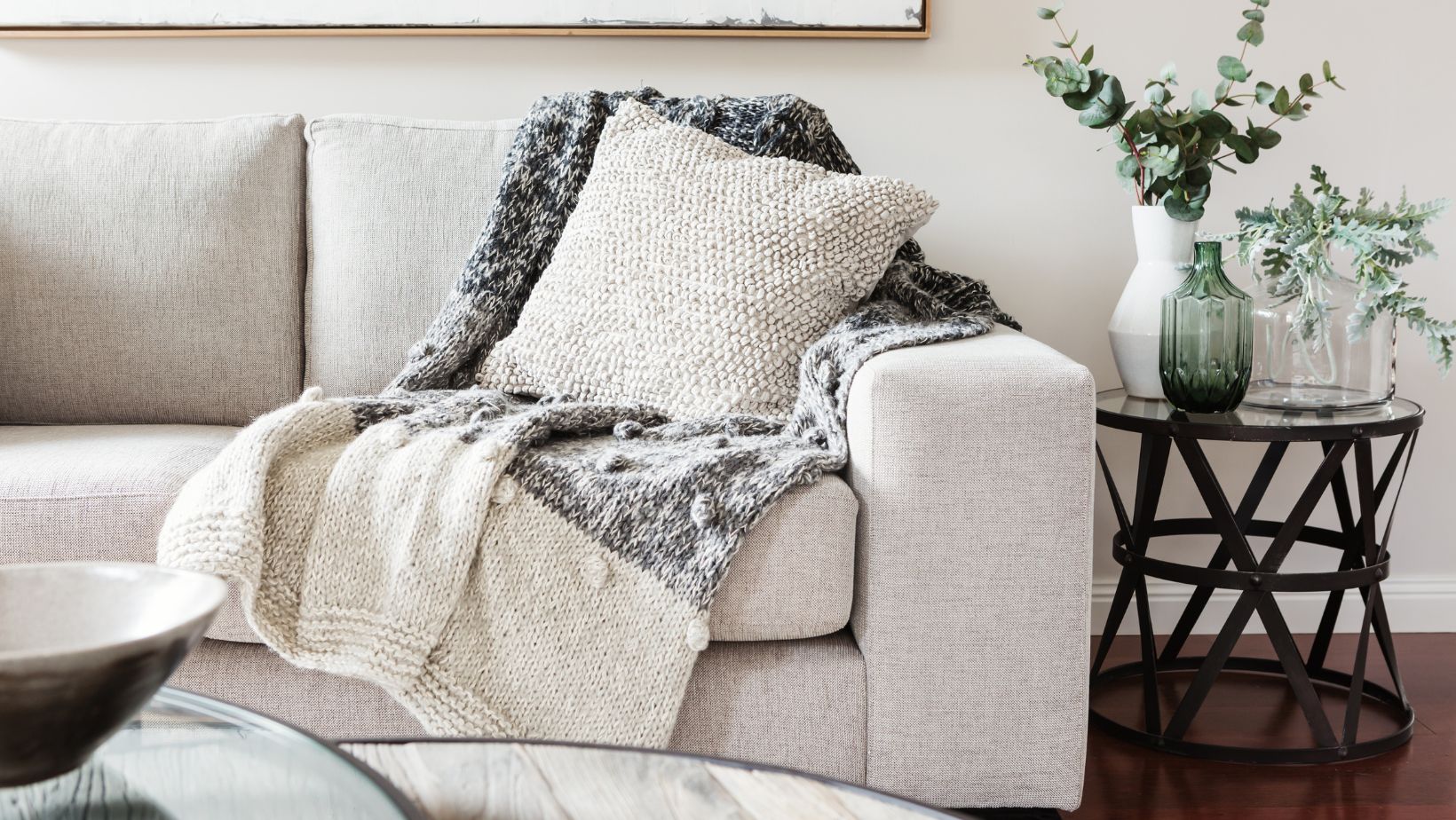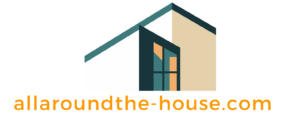
So, if you’re curious about the behind-the-scenes of interior design, or if you’re an aspiring designer yourself, stick around. We’re about to take a deep dive into the fascinating world of interior design presentation boards.
An interior design presentation board serves as a practical and efficient tool. Primarily, it communicates a designer’s vision, seeks client approval, and captures the essence of the proposed design.
Interior Design Presentation Board
 An interior design presentation board remains an effective tool that communicates your creative vision. It translates your abstract ideas into tangible visual cues, giving form and substance to your inspiration. Through the use of color swatches, fabric samples and furniture layouts, the board articulates your vision precisely, This tool fosters a shared understanding of your design concept, setting the stage for a more collaborative design process. For instance, a board featuring shades of blue paint samples, lush texture references, and minimalist furniture outlines, expresses a desire for a tranquil and sleek living space.
An interior design presentation board remains an effective tool that communicates your creative vision. It translates your abstract ideas into tangible visual cues, giving form and substance to your inspiration. Through the use of color swatches, fabric samples and furniture layouts, the board articulates your vision precisely, This tool fosters a shared understanding of your design concept, setting the stage for a more collaborative design process. For instance, a board featuring shades of blue paint samples, lush texture references, and minimalist furniture outlines, expresses a desire for a tranquil and sleek living space.
Seeking Client Approval
Additionally, an interior design presentation board is instrumental in garnering client approval. It allows clients to visualize the finished project before any actual changes occur. Carefully arranged images, fabric swatches, and material samples offer the client an overview of color coordination, spatial planning, and design aesthetics. This pictorial representation makes it easier for clients to express their preferences, voice their concerns, and provide valuable feedback. For example, a board dedicated to a rustic kitchen makeover displays various wood finishes, stone accents, and vintage appliance selections, giving the client a glimpse into the proposed remodeling plan. This direct, visual approach culminates in transparency, decreasing any looming project uncertainties in the client’s mind.
Essential Elements of a Presentation Board
Having gained an understanding of the key role presentation boards play in interior design, let’s delve deeper into their core components.
Color Schemes and Textures
Firstly, no presentation board is complete without a well-defined color scheme. Colors artfully convey mood, style, and atmosphere, playing a pivotal role in the overall visual appeal. For instance, a predominance of earthy tones, like browns and greens, might suggest a natural and rustic ambiance. Conversely, a mix of vibrant hues can reflect a more eclectic and lively mood. Alongside these, textures, illustrated through material swatches or representative images, add depth and dimension. A velvet fabric sample, as an instance, commutes a sense of luxury and comfort.
Furniture and Material Selections
The next integral component of a presentation board involves furniture and material selections. Indeed, the chosen pieces of furniture depict the style and functionality of the proposed design. An antique wooden table or a sleek modern sofa can clearly represent traditional or contemporary aesthetics, respectively. Correspondingly, material choices, be it glossy marble flooring or a brushed steel countertop, further detail the design’s tactile and visual personality.
Layouts and Spatial Planning
 Lastly, layouts and spatial planning form the concrete structure of a design. Blueprints, drawn to scale, project the placement of furniture and fixtures within a space, enhancing the viewer’s spatial understanding. For example, a proportional sketching of a living room might detail the positioning of a couch in relation to a coffee table and television unit. Providing a clear overview, these layouts underline the balance, symmetry, and functionality of the design plan, rounding out the essential elements of an interior design presentation board.
Lastly, layouts and spatial planning form the concrete structure of a design. Blueprints, drawn to scale, project the placement of furniture and fixtures within a space, enhancing the viewer’s spatial understanding. For example, a proportional sketching of a living room might detail the positioning of a couch in relation to a coffee table and television unit. Providing a clear overview, these layouts underline the balance, symmetry, and functionality of the design plan, rounding out the essential elements of an interior design presentation board.
Digital vs. Physical Boards
Diving further into the realm of interior design presentation boards, let’s explore the unique aspects of digital and physical boards. Each possesses specific advantages and optimal usage scenarios, and understanding this dichotomy can enhance the design process dramatically.
Advantages of Digital Presentation
When it comes to digital presentation boards, there are several undeniable benefits. First off, convenience tops the list, as these types of boards can be easily edited and updated. Say, for instance, changes occur in a design project, the alterations can be applied on digital platforms swiftly and seamlessly.
